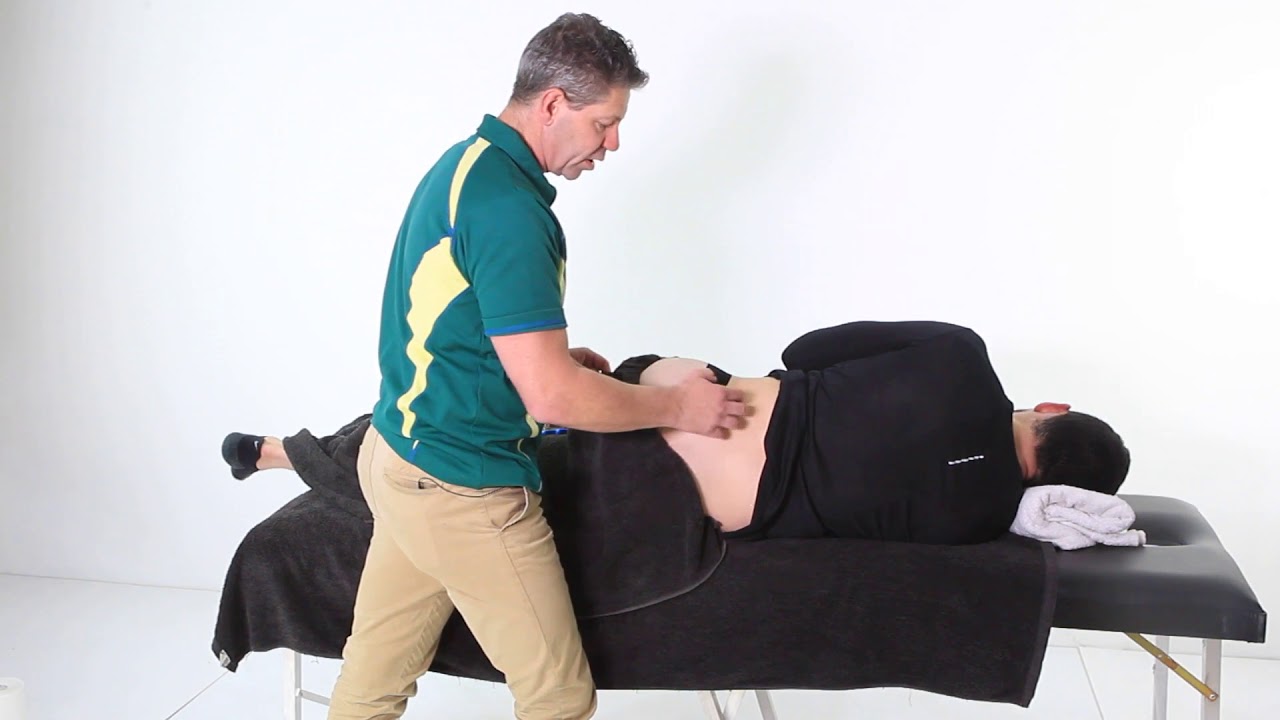Gluteus medius trigger points are areas of hypersensitivity or tightness in the gluteus medius muscle, which is located in the buttocks. Trigger points can cause localized pain and discomfort, as well as referred pain to other areas of the body. Here’s what you should know about gluteus medius trigger points:
Location
The gluteus medius muscle is located on the lateral (outer) surface of the buttocks. It extends from the top of the ilium (pelvic bone) to the greater trochanter of the femur (the bony prominence of the thigh bone).
Function
The gluteus medius muscle plays a crucial role in stabilizing the pelvis and maintaining proper hip alignment during activities such as walking, running, and standing on one leg. It also assists in abduction (moving the leg away from the midline of the body) and rotation of the thigh.
Trigger points
Trigger points are tight knots or bands of muscle fibers that can develop due to muscle overuse, strain, or injury. In the case of the gluteus medius, trigger points can form within the muscle, leading to localized pain and discomfort.
Symptoms
When trigger points develop in the gluteus medius muscle, they can cause various symptoms, including:
- Localized pain in the buttock area
- Pain that radiates down the outer side of the thigh
- Pain when lying on the affected side
- Difficulty walking, especially on uneven surfaces
- Reduced hip mobility and discomfort during hip movements
Causes
Trigger points can develop due to several factors, including:
- Poor posture
- Repetitive movements or overuse of the muscle
- Muscle imbalances
- Direct trauma or injury to the muscle
- Prolonged sitting or standing
Treatment
Treatment for gluteus medius trigger points typically involves a combination of approaches:
- Manual Therapy
Massage therapy, myofascial release, and trigger point release techniques can help release tension in the muscle.
- Stretching
Gentle stretching of the gluteus medius and surrounding muscles can improve flexibility and reduce tension.
- Strengthening Exercises
Targeted exercises to strengthen the gluteus medius can help prevent further trigger point development and improve muscle imbalances.
- Rest and Activity Modification
Giving the muscle adequate rest and modifying activities that exacerbate the pain can help in recovery.
- Heat and Ice
Applying heat or ice can help reduce muscle pain and inflammation.
- Pain Medication
Over-the-counter pain relievers or anti-inflammatory medications can provide temporary relief.
Professional Help
If you suspect you have gluteus medius trigger points or experience persistent pain, it’s advisable to consult a healthcare professional such as a physical therapist or a doctor. They can provide a proper diagnosis, recommend appropriate treatment, and help you develop a plan for managing and preventing further trigger point issues.
Remember that individual experiences may vary, and it’s important to seek personalized advice from a qualified healthcare provider.

